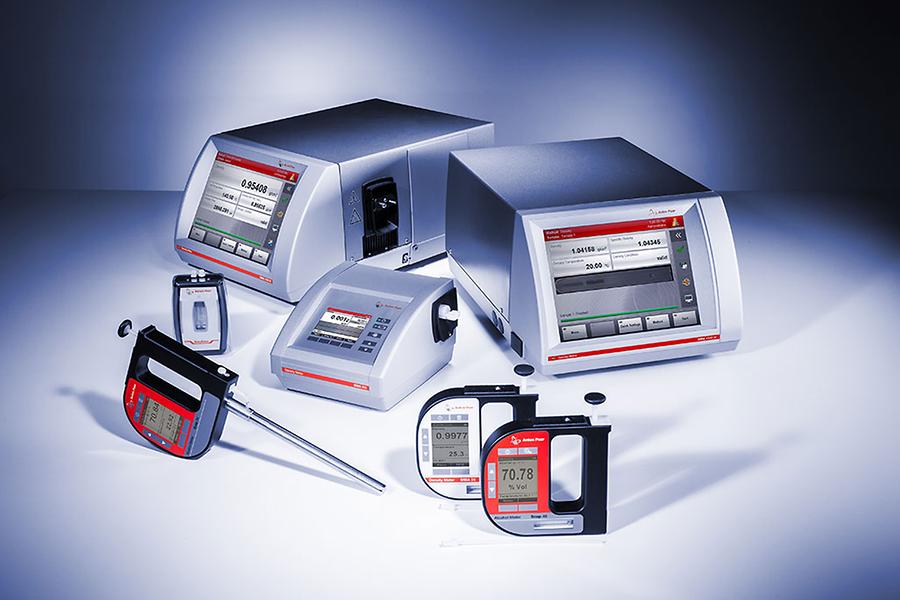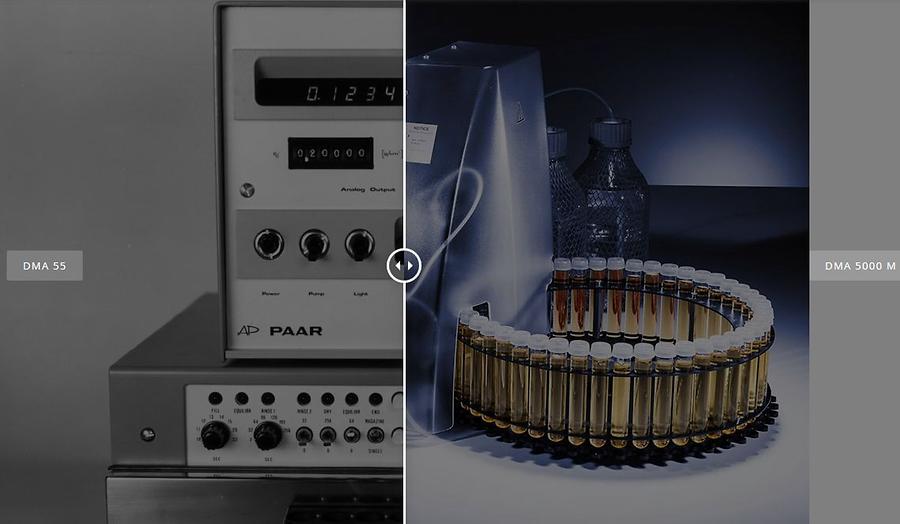On the Importance of Standard Compliance for Density Measurement#
by Dr. Barbara Klug-Santner, 07.04.2017 mit der freundlichen Erlaubnis, diesen Beitrag aus dem Anton Paar Blog zu übernehmen.Introduction#
Anton Paar and international standards – a strong relationship: ASTM and ISO test methods as well as specifications are most important for customers in the petroleum industry so they can appropriately produce and control their products, ensuring their quality for efficient and safe use. Looking at testing of petroleum products, liquid fuels, and lubricants, we see that Anton Paar density meters play an important role worldwide. Get an insight into the development and importance of standards and find out about Anton Paar’s contribution in this field.Relevance of test methods and product specifications#
Product specifications and test methods “live” together: the product specifications show a list of parameters which the product must be manufactured to meet. For example, fuels are tested for their composition, purity, density, miscibility and compatibility with other fluids and materials, toxicity, and thermal stability. Such specifications serve at least two fundamental purposes:
The specifications typically set limits on emission compounds contained in the fuel. This is to ensure that the bicyclist on the bike path next to you can actually breathe in his or her effort to get to work. Also long-term environmental damage can be minimized.
An example#
The density of a liquid fuel must lie between 0.8000 g/cm3 and 0.8005 g/cm3. It must therefore be measured by a test method capable of doing so accurately enough to ensure that the product meets the specifications even when all statistical variations are at play. If the specifications are not met, the manufacturer or distributor is not allowed to sell the fuel to you and you may not be allowed to use an off-spec product. Because of such stringent specifications and requirements, the product specification also states which test methods are approved to test or analyze the various product parameters, in this case, the density test.
Development of standards and Anton Paar’s role#
Fuel specifications are agreed upon by “interested parties”, which of course include the producers of the fuel, engine manufactures, consumer groups, environmental agencies, governmental agencies, and many more. Obviously, Anton Paar does not fit perfectly into any of those categories. What is our role then? Remember that when there are specifications, there is a need for verifying that the specifications are met. Or in other words, there is a need for testing – and Anton Paar density meters have played an important role in fuel testing worldwide since 1981, when the first ASTM Test Method for Digital Density Meters was published (D4052 in 1981). Since then, our footprint in petroleum testing and development of standards has grown dramatically, including collaboration on ASTM Test Methods for density D5002, D7777 and D7961.
Approval for a Test Method#
For the test method to be listed as an approved method in the product specification, it must be well established and proven within the standards organization presiding over it. In the development process, the actual procedural steps in conducting a density test are verified by a group of users and this group also reports data on a common set of samples. The data is analyzed statistically so that a precision statement can be made as to how well this test method actually works on a specific product, like for instance diesel fuel or jet fuel. As you now see, there are two very important parts in the test method: the procedure section and the precision section. Now, with both a procedure and a precision statement, the test method becomes of interest to those involved in the product specifications as they can now include the test method in the specifications and all parties can now consider the test method “approved” for testing, for example, the density of diesel fuel.
An “approval process” like this is comprehensive and it may take up to three years until the new standard is published. In the case of ASTM test methods and product specifications we basically have a two-step process, one process for the test method and one for the product specification. We at Anton Paar play the role of technical experts and as such are involved in the development of the test method, for example D7777. A typical task here is to plan and execute a study which can establish the precision statement for a particular material, for instance diesel fuel or jet fuel.

25 Years of contribution#
You have gained an insight into the importance, the relevance, and the way of approval of test methods and specifications. For the past 25 years Anton Paar has significantly contributed to the establishment of test methods (e.g. for density) helping producers of petroleum products, liquid fuels, and lubricants fully meet the expected product quality by complying with the product specifications.
Want to know more? Contact an expert or Check our blog
All pictures courtesy of Anton Paar G.m.b.H.
